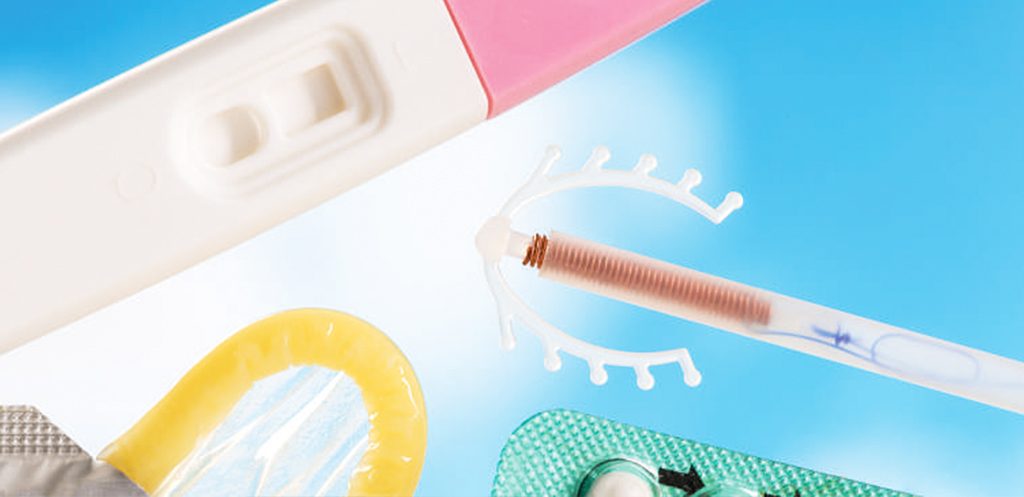From condoms to IUDs, there several short- and long-term ways to prevent an unplanned pregnancy. Choose a method that’s right for you.

When choosing a birth control method that is right for you, consider factors such as its ease of use, protection from STDs, as well as your age, health condition, and whether you would like to get pregnant in the future. The following list is not exhaustive, and the non-permanent contraceptive methods fall into three categories.
1. Physical barriers
Among barrier contraceptives such as male and female condoms, diaphragms and cervical caps, the most commonly used barrier method used in Singapore is the humble male condom. It is widely available at retail stores and, when used correctly, is 97% effective in preventing pregnancies. Condoms work by keeping sperm out of the uterus, and is the only form of birth control that reduces your chances of contracting HIV and most sexually transmitted diseases (STDs). However, they can fail if worn incorrectly, or if they slip off, break or are used with inappropriate lubricants. Also, some people are allergic to latex condoms.
2. Hormonal methods
There are various forms of hormonal contraceptives available on the market, including pills, patches, implants and injections — containing a combination of synthetic progesterone and oestrogen, or just progesterone. They are designed to either suppress ovulation or prevent a fertilised egg from implanting itself in the womb. In some cases, the extra dose of hormones thickens the cervical mucus to prevent sperm from reaching the egg.
Depending on the formulation, these birth control methods are 99.5–99.9% effective in preventing pregnancies. However, the duration of efficacy is different for each method:
- Oral contraceptives (pills) must be taken daily
- Contraceptive patches need to be applied once a week for three weeks at a time — on the fourth week, monthly bleeding will occur
- Implantable contraceptives (small flexible rods placed under the skin) can last up to three years
- Contraceptive injections are done four times a year — once every three months
- A NuvaRing (a small, flexible vagina ring) is worn for three weeks and removed, then replaced with a new one a week later
3. Intrauterine devices (IUDs)
IUDs are small T-shaped devices that are inserted into the uterus to prevent the implantation of an egg in the womb lining. They are available in the form of progesterone-releasing or plain copper IUDs, and can only be inserted and removed by a doctor. Recommended for women who have already had children, each device can last between three and five years, with an efficacy of between 99.2 and 99.4%.
Progesterone-releasing IUDs work in the same way as the hormonal methods described above, while copper IUDs cause a chemical change that affects the sperm and egg before they meet. The latter can prevent a pregnancy if inserted within five days of unprotected intercourse.







